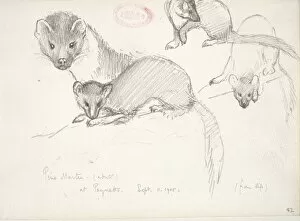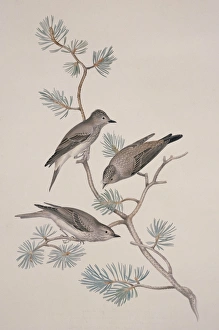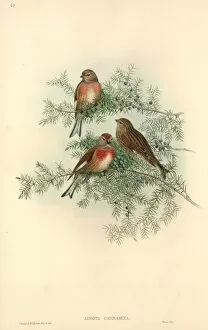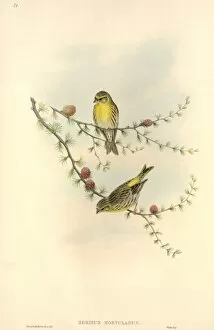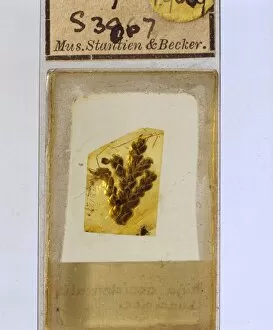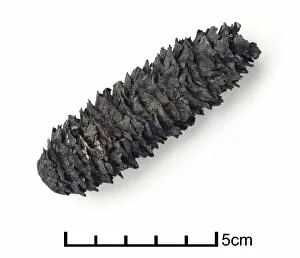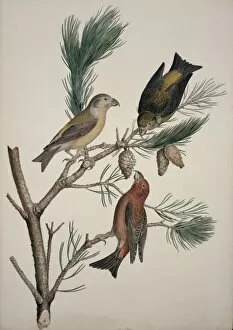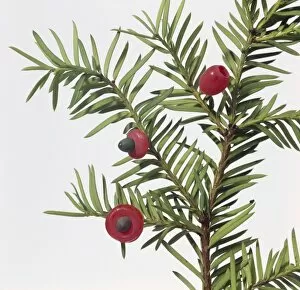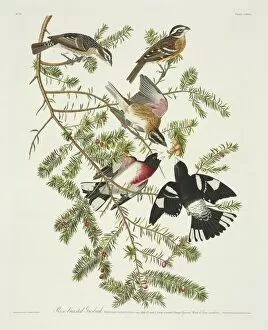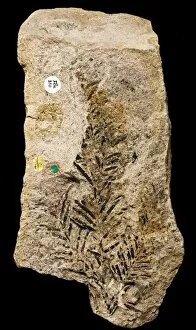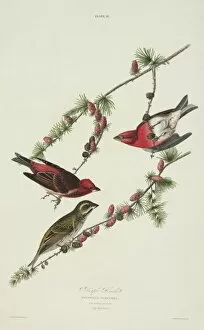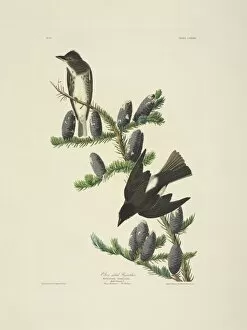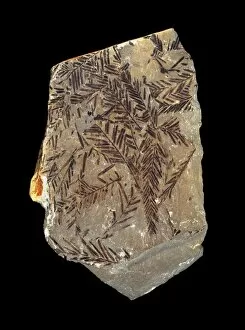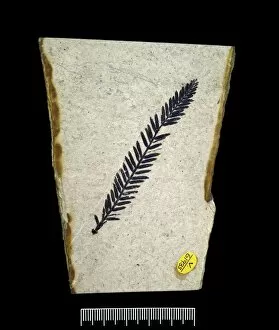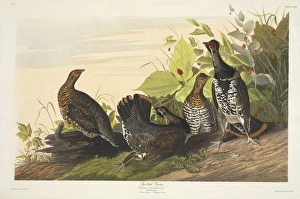Coniferophyta Collection (page 4)
Coniferophyta, also known as conifers, are a diverse group of evergreen trees and shrubs that dominate many landscapes around the world
All Professionally Made to Order for Quick Shipping
Coniferophyta, also known as conifers, are a diverse group of evergreen trees and shrubs that dominate many landscapes around the world. In the enchanting Scottish Pine Forest, the majestic Scots pine trees stand tall and proud, their reflection shimmering in the tranquil waters of Loch Maree at sunrise. With Slioch mountain gracing the background, this picturesque scene is truly breathtaking. Another notable member is Pinus strobus L. , commonly referred to as Weymouth or white pine. Its elegant branches reach towards the sky with grace and elegance. Juniperus communis, or juniper, adds a touch of mystique to these forests with its aromatic foliage and unique blue-black berries. In autumn's embrace, Larch Fir paints Vosges mountain in France with vibrant hues of gold and orange. The track through this fir forest becomes a pathway to serenity amidst nature's seasonal transformation. The Western red cedar tree stands tall on Meares Island's Big Tree Trail. Its intricate bark tells stories of resilience while offering shelter to countless organisms within its ecosystem. Meanwhile, Cedar (Cedrus sp) releases pollen from its male catkins in Surrey England's woodlands during springtime - an essential part of its reproductive cycle. Nature surprises us further with Yew berry (Taxus baccata), found in Nottinghamshire UK during October. These bright red berries bring color to autumn days while reminding us that beauty can be found even in unexpected places. As night falls upon Glenfeshie in Cairngorms National Park, star trails paint mesmerizing patterns above the Scots pine woodland – a celestial dance witnessed by those fortunate enough to gaze upwards. Coniferophyta encompasses an array of species that captivate our senses throughout different seasons and locations worldwide. From serene lochs reflecting dawn's light to ancient forests adorned with fall foliage or delicate blooms releasing pollen, these conifers remind us of nature's boundless wonders.


